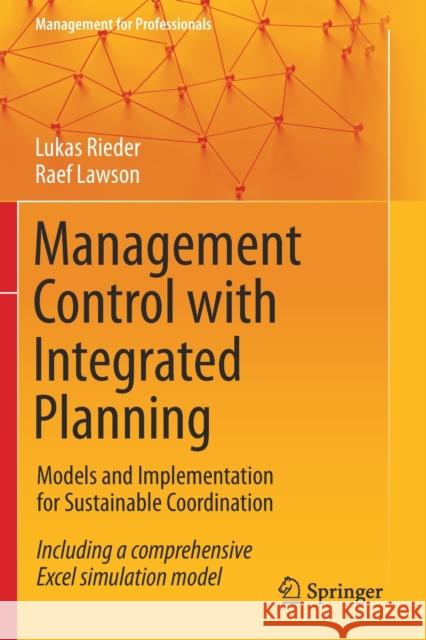Management Control with Integrated Planning: Models and Implementation for Sustainable Coordination » książka
topmenu
Management Control with Integrated Planning: Models and Implementation for Sustainable Coordination
ISBN-13: 9783030483043 / Angielski / Miękka / 2021 / 314 str.
Management Control with Integrated Planning: Models and Implementation for Sustainable Coordination
ISBN-13: 9783030483043 / Angielski / Miękka / 2021 / 314 str.
cena 261,02
(netto: 248,59 VAT: 5%)
Najniższa cena z 30 dni: 250,57
(netto: 248,59 VAT: 5%)
Najniższa cena z 30 dni: 250,57
Termin realizacji zamówienia:
ok. 22 dni roboczych
Dostawa w 2026 r.
ok. 22 dni roboczych
Dostawa w 2026 r.
Darmowa dostawa!
Kategorie:
Kategorie BISAC:
Wydawca:
Springer
Seria wydawnicza:
Język:
Angielski
ISBN-13:
9783030483043
Rok wydania:
2021
Wydanie:
2020
Numer serii:
000424298
Ilość stron:
314
Waga:
0.48 kg
Wymiary:
23.39 x 15.6 x 1.83
Oprawa:
Miękka
Wolumenów:
01
Dodatkowe informacje:
Wydanie ilustrowane











